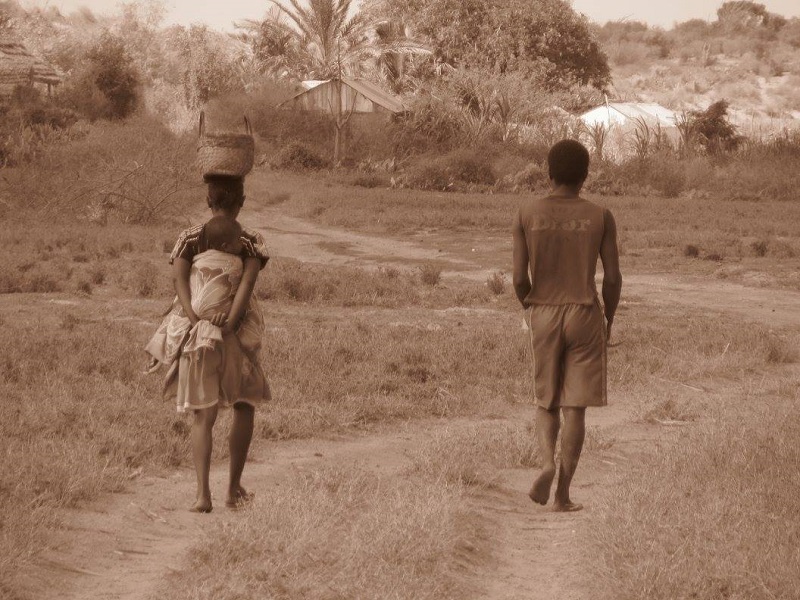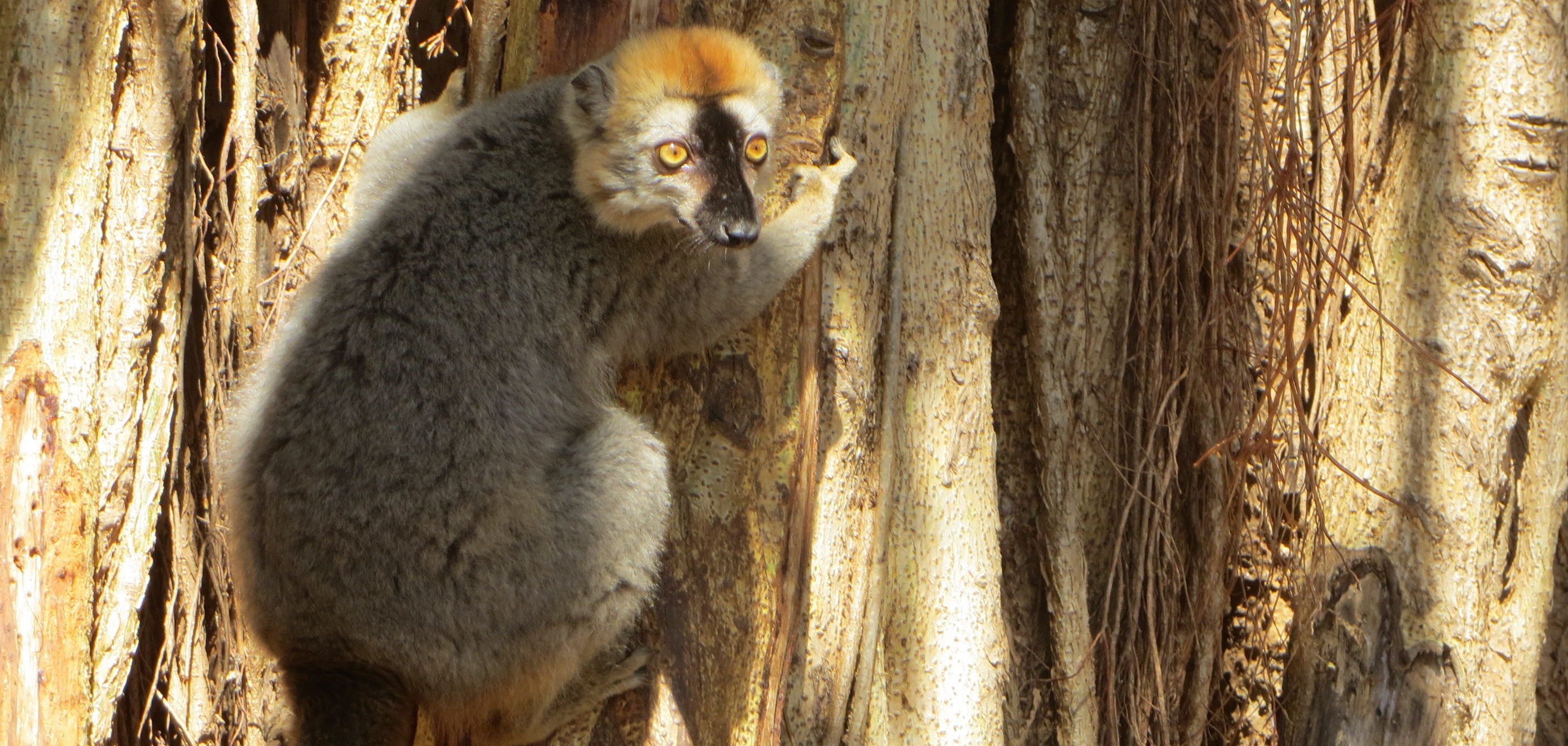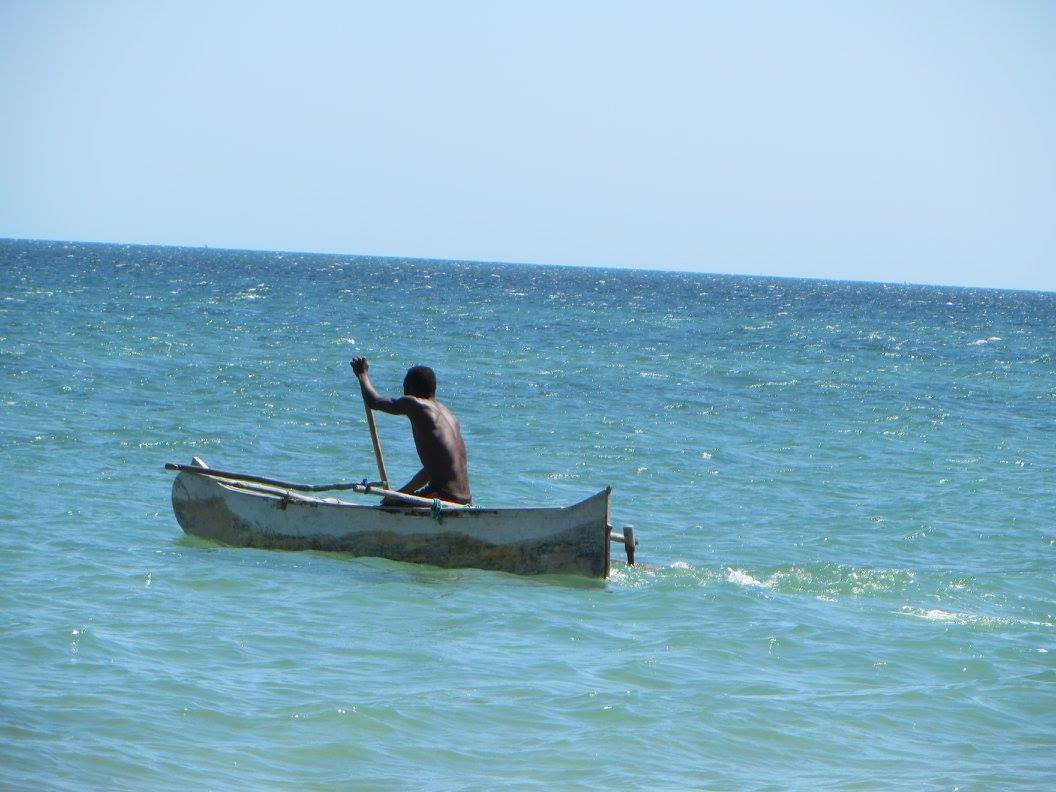After we had a great day hiking in Isalo NP we were ready to continue our trip to the south, to Tulear, and then to Honko Mangrove reserve, which is nearby.
The next morning we met a Polish couple who asked us if we want to visit a sapphire mine in nearby Ilakaka. Out of curiosity, we agreed to go with them. Heat, sun, extensive and low paid labor (including child labor), poverty, and tears; were my first impressions after visiting this sapphire mine.
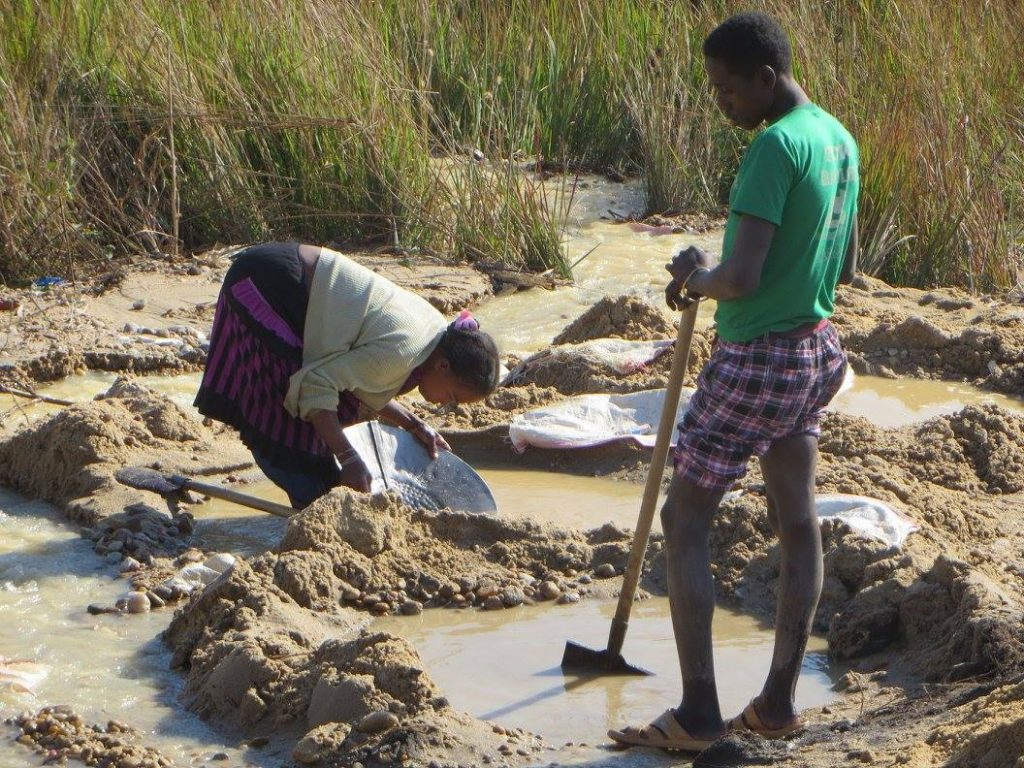
Sapphire mines near Ilakaka are one of the biggest. The whole town of Ilakaka on Route Nationale 7 (RN 7) was created around those mines. To visit these mines as a tourist you have to hire a guide who will show you around. The mine is actually a big hole in the ground full of water where workers are extracting sapphires. Next to the mine are people (mostly women) that are not employed by the mining company and who are looking for the gems that were missed during the official extraction because they were too small. The atmosphere is bucolic and sad, with lots of desperate people who are working hard jobs with a thin chance to find a sapphire and change their destiny.
In Ilakaka there are many wholesalers and shops for sapphires, and the infamous bar Color Line, aka Al2O3 (the formula for sapphire). As LP described it: “To really enter the local scene in all its shadiness, attend the gem dealers’ party starting at 1am every Friday night at Color Line’s adjacent bar, known as Al2O3 (the formula for sapphire, naturally). This is only for a particular kind of traveler and is a long way from respectability – think the bar scene in the first Star Wars movie, without the aliens.”!
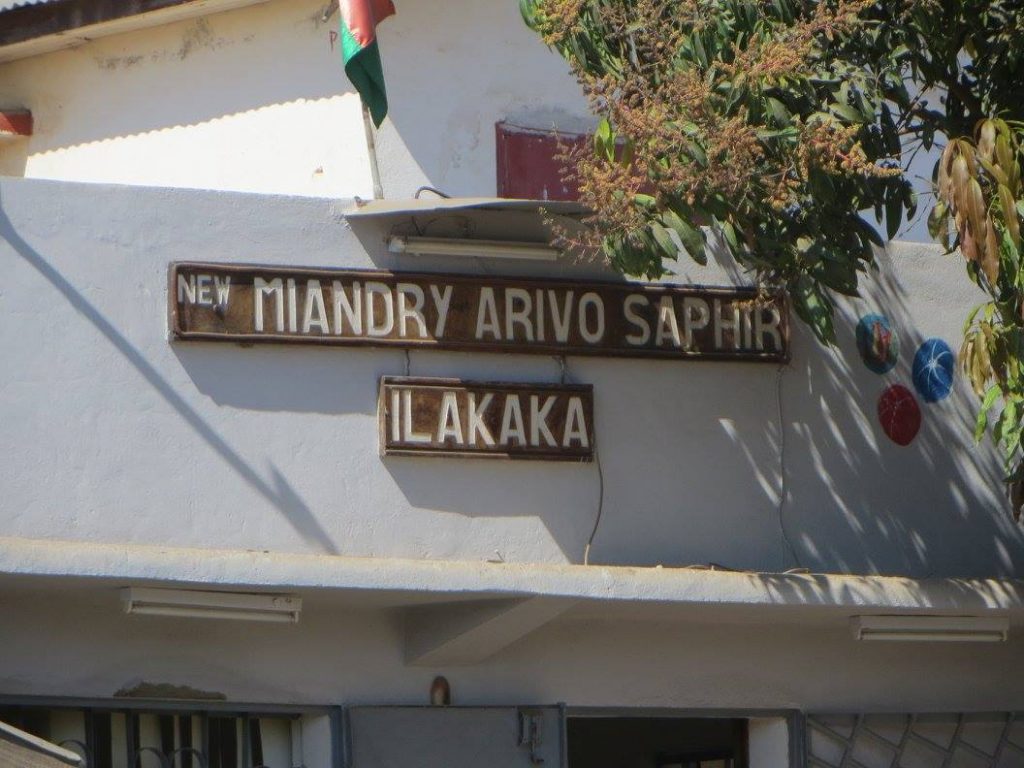
After this moving visit, we took a taxi-brousse direction –Tulear. The road to Tulear is one of the best in Madagascar. It is in good condition, straight and without too much traffic.
On the way to Tulear, if you are by private car, I recommend a visit to Zombitse Vohibasia NP. Public transportation is quite complicated, so I recommend staying one night in a nearby town Sakaraha, and visiting a park in the morning (there is a possibility to rent tuc-tuc and they wait for you while you are visiting the park). The park is near the road and you would need 1-2 hours of easy walking to visit it. There is a big chance you would see a few lemurs species (Verraux sifakas one of them!), chameleons, and geckos, and if you want to do birdwatching I recommend visiting early in the morning. This time we skipped the park and drove directly to Tulear.
Once in Tulear, we settled in the hotel near the bus station and we took a taxi to visit the famous botanical garden Arboretum d’Anstokay. The Antsokay arboretum has a collection of over 900 plant species from the southwest of Madagascar, 90% are endemic to the region and 80% have medicinal properties. Among these, many succulent species are recognized as endangered. Visit also includes the opportunity to see endemic creatures like chameleons, boas, tenrecs, and birds, but also mouse lemurs which are the main night visit attraction of the arboretum. I highly recommend visiting this botanical garden. On the premise, there is also a restaurant, souvenir shop, and a few bungalows if you want to stay for the night.

The next day we went to Honko to visit my friend who was working as a manager there. Honko is a community-based mangrove reserve halfway from Tulear to Mangily (Ifaty). I recommend a guided tour of the mangroves. On the way to the viewpoint, a local guide will show you the typical flora and fauna of the mangroves (mangrove crabs, mudskippers, birds, and different species of mangroves). You can also see reforested sites or take a mangrove tour in a canoe and in the main building; there is a possibility to buy products made by local women.

We stayed there for a few days, resting and visiting Tulear and Mangily- a small town nearby also famous as a small beach resort with few hotels and restaurants, and the possibilities to go snorkeling and diving on the nearby coral reef, or to see humpback whales if you are there in the season (September-October). There are also highly recommended tours in the Spiny forest, in either Reserve Reniala or some other reserve nearby. The recommendation is to go early in the morning or before sunset to see more bird species, and there is a possibility to see lemurs.
While in Mangily I recommend trying local specialty –fish, and sea fruits, which you can get for a really good price, especially in the local stands under the baobab tree 🙂
